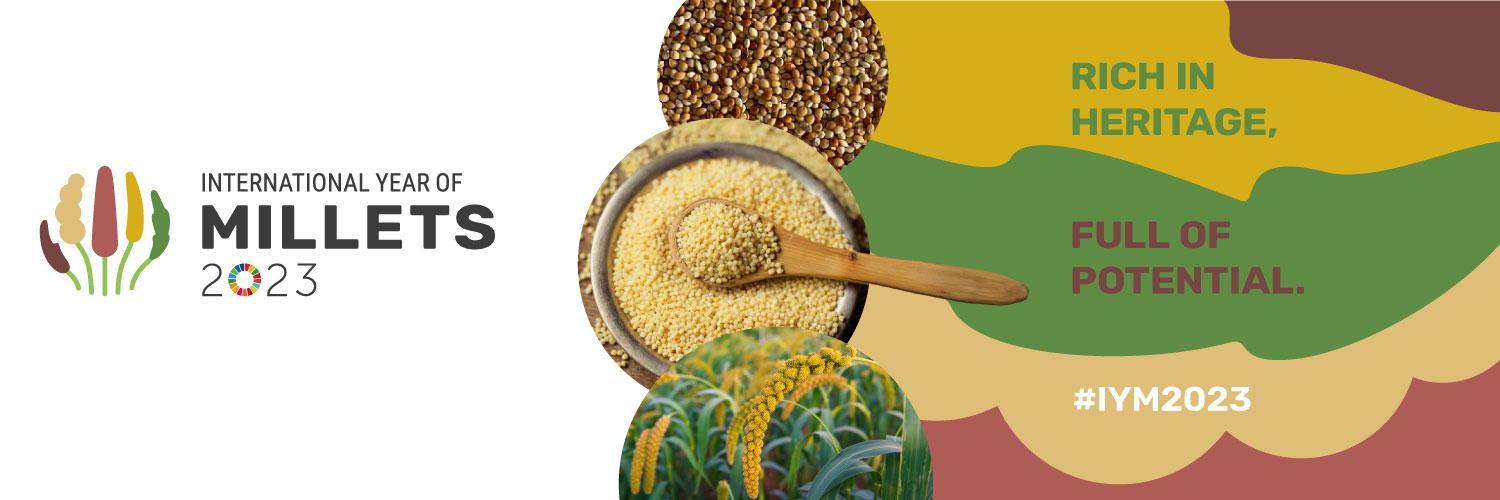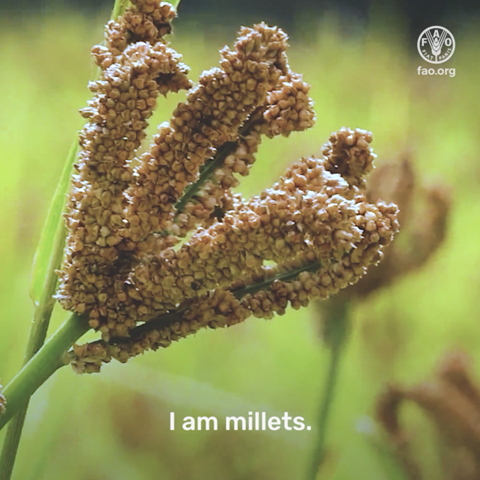The United Nations has dedicated 2023 the International year of millets, to boost efforts in producing millets given their nutritional properties and resilience in adapting to climate change. SLU researchers work on a variety of projects involving millets and other traditional crops.
Millets is the collective name for a group of small-seeded grasses that are grown as cereal crops for the use of their grains in human consumption or as animal feed. Millets were among the first domesticated crops, with some being grown as early as 7 000 years ago, primarily in sub-Saharan Africa and Asia. Millets have been staple crops in many regions where plant cultivation conditions are difficult because they are well adapted to dry conditions and nutrient poor soils.
The term millets, origins from the word thousand in French (mille), implying that a handful of millets contains thousands of grains. Millets include a diverse group of coarse grain crops, which are actually not very closely related, although they all belong to the grass family known as Poaceae. The most commonly grown millets are from left to right below: finger millet, pearl millet, proso millet and foxtail millet. (Photos: Flickr, Pexels, Wikimedia Commons)

– As millets are very robust and can be grown in nutrient poor soils, they are well adapted and more reliable than other crops under tough and difficult conditions, says Professor Rodomiro Ortiz, Department of Plant Breeding.
– However, millets do respond to both fertilization and water supply, and there is generally a potential for higher yields in case the growing conditions can be improved. They are therefore an ideal solution for countries to increase self-sufficiency and reduce reliance on imported cereal grains, Professor Ortiz concludes.
Explore more about millets on our website! #IYM2023
The International Year of Millets
#IYM2023 is an opportunity to raise awareness of, and policy attention to the nutritional and health benefits of millets and their suitability for cultivation under adverse and changing climatic conditions. The year also promotes the sustainable production of millets, while highlighting their potential to provide new sustainable market opportunities for producers and consumers.



